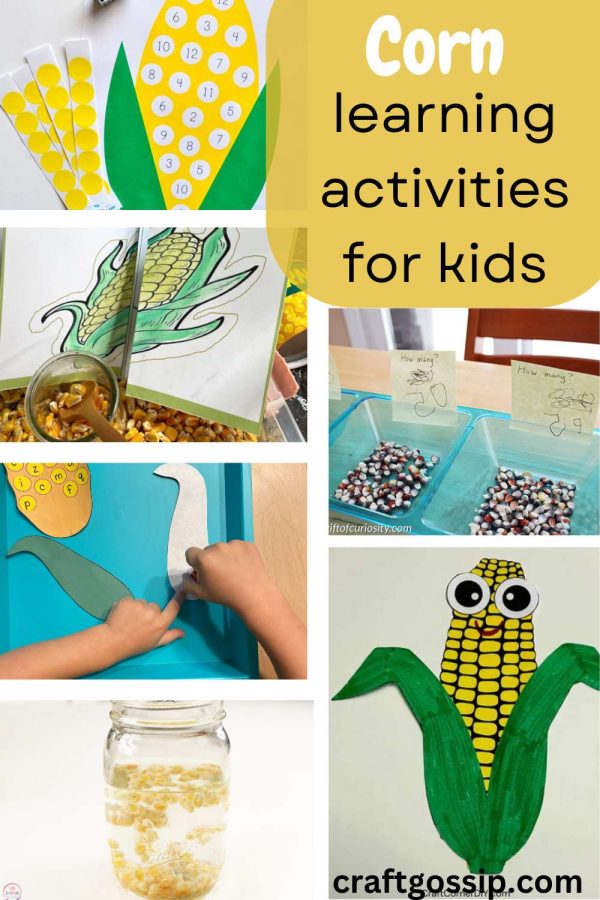
Making your own candles is a fun and rewarding experience, especially when you can create your own personalized candle vessels. In this tutorial, we will show you how to transform a plain mug into a beautiful candle vessel using some simple materials and techniques.
First, choose your favorite mug that you want to use as your candle vessel. This can be a plain white mug or a colorful one, as long as it is made of heat-resistant material. You can find a wide selection of mugs at your local thrift store, or you can use one that you already have at home.
Next, choose your favorite fragrance for your candle. Some popular scents for candles are lavender, vanilla, and eucalyptus, but feel free to use any scent that you love. You can also mix different scents to create your own unique blend.
5 oil blends for making candles that smell like food:
Vanilla latte: Combine vanilla, coffee, and caramel oils
for a warm and cozy scent reminiscent of a delicious latte.
Apple pie: Mix cinnamon, nutmeg, and apple oils for a classic autumnal scent that will make your home smell like a freshly baked apple pie.
Lemon pound cake: Blend lemon, vanilla, and buttercream oils for a bright and zesty scent that will make you think of a freshly baked pound cake.
Spiced cider: Combine cinnamon, orange, and clove oils for a warm and comforting scent that will transport you to a cozy autumn evening with a mug of spiced cider in hand.
Chocolate truffle: Mix chocolate, hazelnut, and vanilla oils for a decadent and indulgent scent that will make you feel like you’re in a fancy chocolate shop.
Once you have your mug and fragrance, it’s time to start making your candle. You will need wax, a candle wick, a double boiler, and a thermometer. Melt the wax in a double boiler and add your fragrance. Once the wax has reached the desired temperature, carefully pour it into your mug.
Now comes the fun part – decorating your mug! You can use a sharpie to draw or write on the mug, creating a unique design. You can write inspirational quotes, draw pictures, or simply create a beautiful pattern. Be creative and have fun with it! Make sure to let the sharpie dry completely before proceeding to the next step.
Once your candle has cooled and set, trim the wick and you’re ready to light your beautiful creation. This candle makes a great gift for a friend or family member, or you can keep it for yourself and enjoy the beautiful fragrance and unique design.
You can see the full candle making tutorial here.
